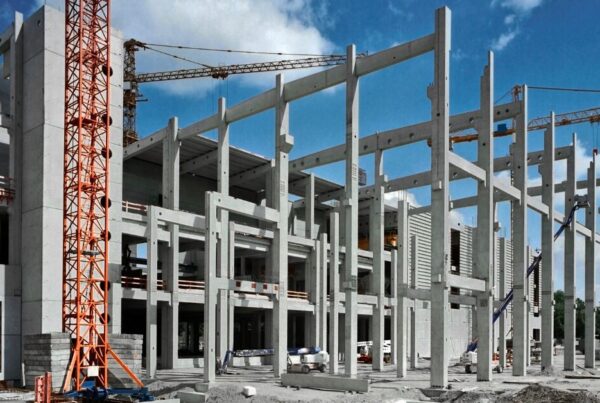Every operations manager has felt the same pressure: “We need to go faster, but we also have to stay safe.” It’s a familiar tension that plays out every day on production floors, in logistics hubs, and across energy sites. Targets, deadlines and budgets push for speed, while safety systems remind us to slow down and do things right.
At times, it can feel like you have to choose one over the other. But here’s the truth — safety and productivity don’t have to compete. When they’re aligned, they actually strengthen each other. Safe operations are stable operations, and stability is what allows teams to perform at their best.

Why the tension exists
The pressure to deliver faster, cheaper, and more efficiently is everywhere. Clients want quicker turnarounds. Production schedules are tight. Every hour counts. In that environment, safety can start to look like an obstacle — an extra checklist, an added delay, another form to complete before getting the job done.
Part of this comes down to mindset. Many teams still carry old habits like “We’ve always done it this way” or “We’ll fix it later if it becomes a problem.” The reality is that both safety and productivity are essential for long-term success. The challenge isn’t choosing one over the other, it’s building systems where both can thrive side by side.
What happens when safety is sacrificed for speed
Cutting corners might feel efficient at the moment, but it rarely ends well. When safety is compromised, incidents increase. And when an accident happens, productivity doesn’t speed up, it stops. Injuries, investigations and downtime quickly erase any short-term gains.
Beyond the immediate impact, rushing at the expense of safety damages trust. Teams start to feel that results matter more than people. Morale drops, turnover rises, and engagement fades. The hidden cost of those “quick wins” is enormous. Fixing a problem after it happens always takes more time and money than preventing it in the first place.
What happens when safety is treated as a blocker
On the other hand, safety can become ineffective when it feels like a barrier instead of an enabler. When reporting a hazard or completing a safety check takes too much effort, people stop doing it. Not because they don’t care but because the system isn’t helping them do their job.
The result is a kind of safety fatigue. Workers go through the motions, tick boxes, attend trainings, but the spirit of safety like awareness, communication, accountability gets lost. Training feels disconnected from reality. Reporting feels like paperwork instead of prevention. When that happens, safety becomes a compliance exercise rather than a driver of operational excellence.
How technology helps align safety and productivity
This is where modern QHSE tools make a real difference. Technology removes friction and helps safety become part of how work happens and not an extra task on top of it.
With a digital system, incident reporting can be done in seconds from a tablet or phone, right where the work is happening. Training records update automatically as people complete modules or gain new certifications. Tasks and responsibilities are visible in real time, so everyone knows what’s been done and what still needs attention.
Dashboards give managers clear insights into performance, risks, and delays. Turning data into action instead of waiting for the next audit. When safety data flows seamlessly through daily operations, productivity benefits too. People spend less time chasing paperwork and more time improving performance.
Safety and productivity are partners
Balancing safety with productivity isn’t about compromise, it’s about connection. Strong safety systems create consistency, predictability and confidence. And those are the exact same ingredients that drive high performance.
When safety and productivity pull in the same direction, the whole organization moves faster with fewer disruptions. Teams work with greater focus because they trust the process.
If your safety management still relies on spreadsheets, paper forms or manual updates, that constant tension between “safe” and “fast” will always be there. But with the right digital tools, you don’t have to choose.
Safety isn’t the opposite of productivity, it’s what makes it sustainable.
Now is the time to replace the friction of manual systems with smarter, connected tools that keep your people safe and your operations running strong.
Join our Weekly Webinar: Digitalization in QHSE
Are you ready to embrace the digital transformation shaping the future of quality, health, safety, and environment (QHSE) management? Join us for our exclusive weekly webinar on Digitalization in QHSE, held every Thursday at 2:00 PM, where we’ll explore how digital tools can help you align with the upcoming ISO 9001:2025 standards while enhancing efficiency and compliance.
Don’t miss this opportunity to gain insights into the role of digitalization in preparing for the new ISO standards. Reserve your spot today and take the first step toward a more resilient and future-ready organization!










